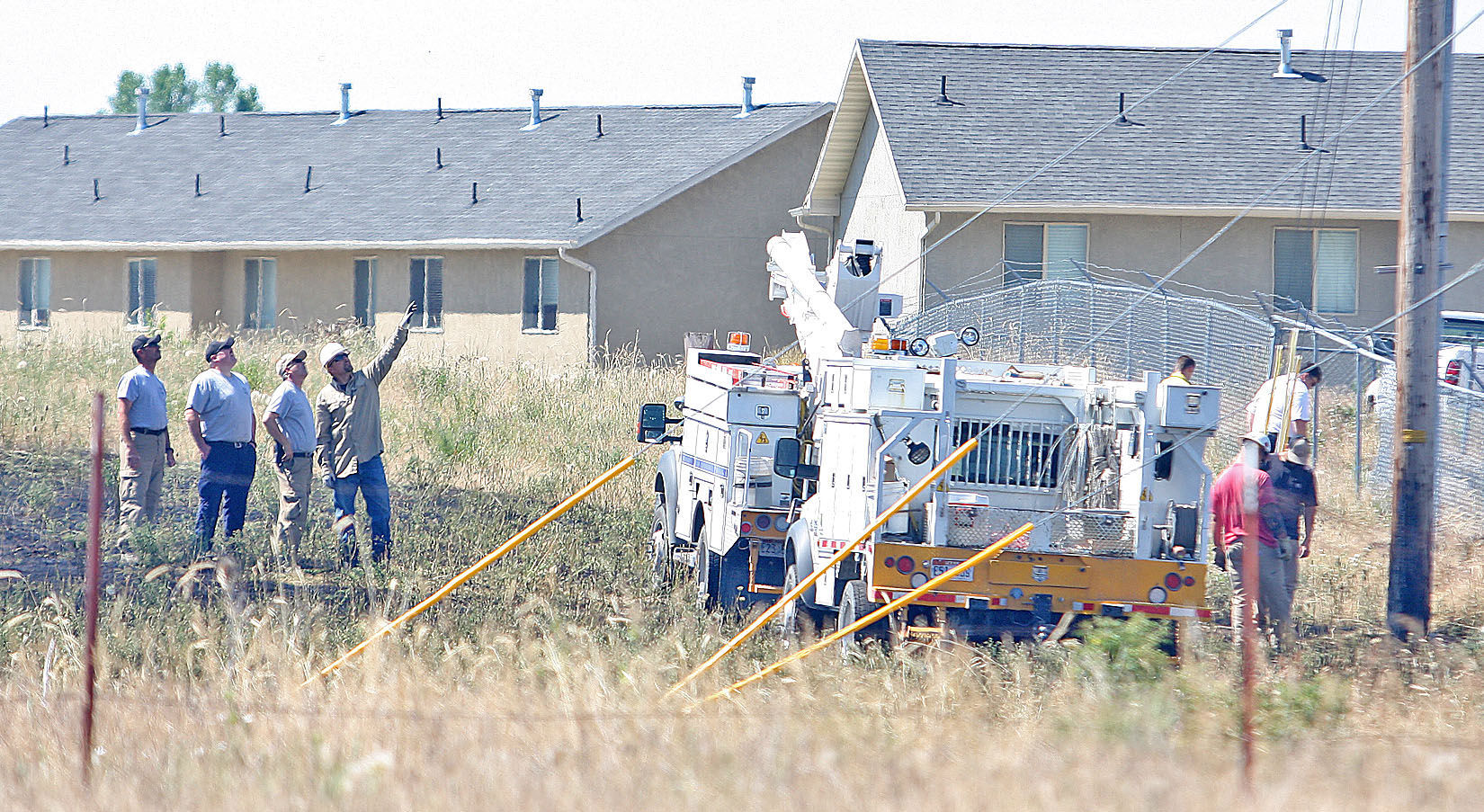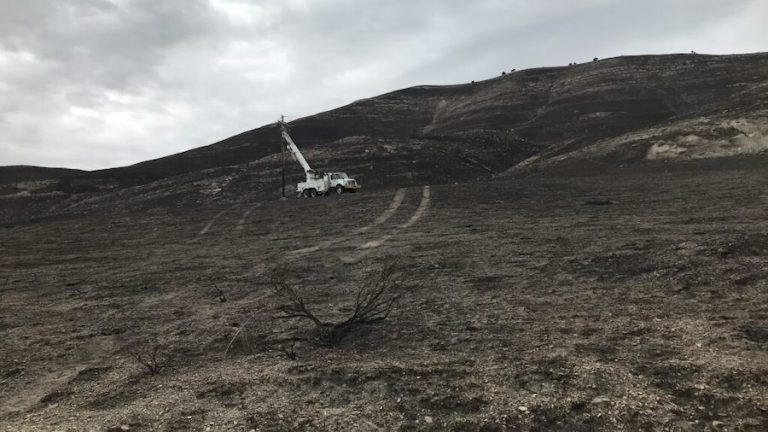


The areas of California most likely to have a PSPS are those with Tier 2 and Tier 3 fire threats shown on the map below:īeginning with the 2019 wildfire season, electric utilities expanded their PSPS programs to include all electric lines, both distribution and transmission, that pass-through areas at high risk for fires.Įlectric utility circuits with a high likelihood for PSPS related interruption include those that are pass-through areas designated by the California Public Utilities Commission (CPUC) as elevated (Tier 2) or extreme (Tier 3) risk for wildfire. Check with your electric utility provider for PSPS policies that may affect your business. Other regional electric power utility providers not covered in this article may have PSPS policies already implemented or in development. Multi-state electric utility providers operating in and out of California such as Rocky Mountain Power and Pacific Power have developed PSPS policies as well. The information applies to California’s largest electric utility providers, including Pacific Gas & Electric, Southern California Edison, and San Diego Gas & Electric. This article will focus on new risk mitigation and preparation efforts for your business. Future electric utility improvements for PSPS events include grid hardening, including vegetation control, conductor covering/shielding, establishing mobile and fixed microgrids, as well as advanced artificial intelligence driven weather mapping and grid monitoring to reduce PSPS interruptions to customers. PSPS events can often be highly disruptive to commercial businesses located downstream from the de-energized circuit.

Also called “de-energization,” PSPS is particularly important as a preventive measure during the Santa Ana fire season (October to March) and the summer fire season (June to September). PSPS events are generally considered “last resort” efforts in response to extreme wildfire risk in the area.įor example, high winds and downed trees can disrupt electrical lines, possibly igniting fires. Beginning in 2017, PSPS have been utilized to reduce the risk of fires caused by electric infrastructure by temporarily turning off power to specific areas. Our park staff are working to create a path forward for those areas that were most impacted.To help prevent wildfires during extreme weather conditions, California electric utility companies have adopted the use of Public Safety Power Shutoffs (PSPS). It is a somber reflection and an important part of our understanding.Īpproximately 30,000 acres, or 9 percent of the park, has been impacted by the East Troublesome and Cameron Peak Fires. The following video demonstrates first-hand the impacts of the East Troublesome Fire. Firefighting actions and favorable weather on October 24 and 25 helped halt the major movement of the East Troublesome and Cameron Peak Fires. Evacuations for the majority of the Estes Valley were implemented on October 22, as weather predictions forecast major winds on the night of October 23 through October 24 pushing the fire further to the east. Rapid evacuations took place in Grand Lake on October 21. It then spotted approximately 1.5 miles from the head of Tonahutu Creek on the west side of the Continental Divide to the head of Spruce Creek on the east side of the Continental Divide. On Wednesday, October 21, the East Troublesome Fire ran approximately 18 miles before it moved into the west side of Rocky Mountain National Park.


 0 kommentar(er)
0 kommentar(er)
